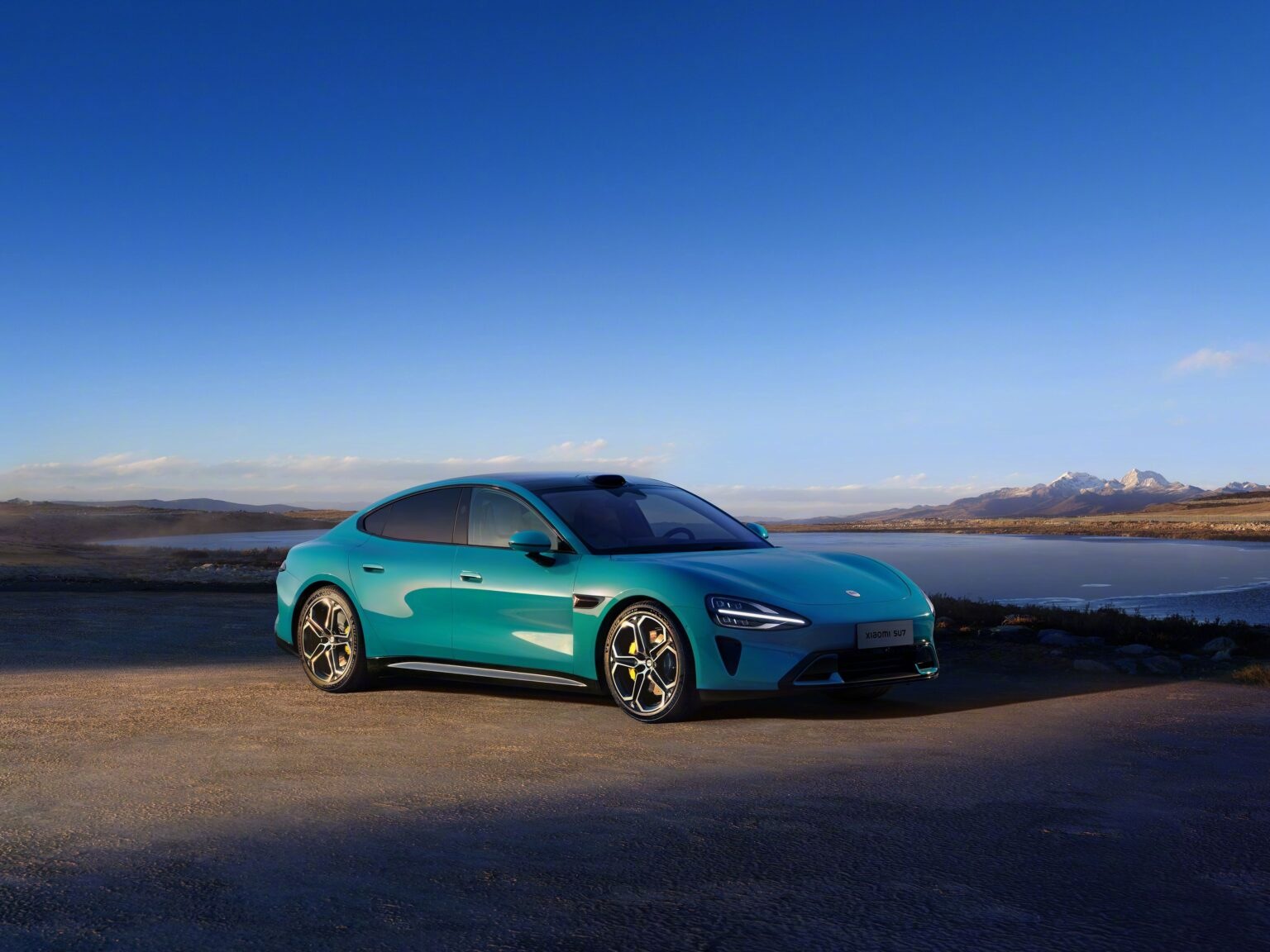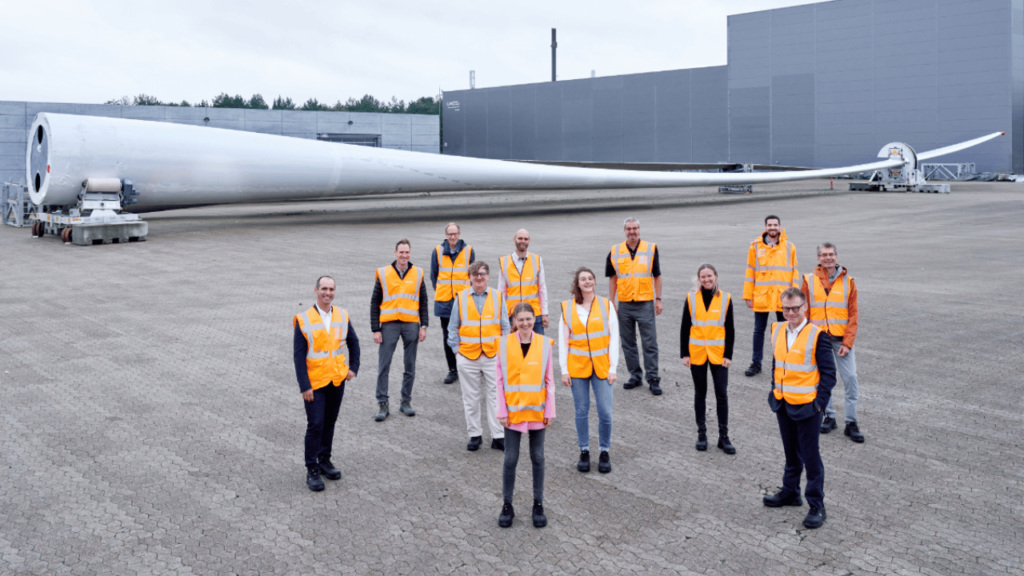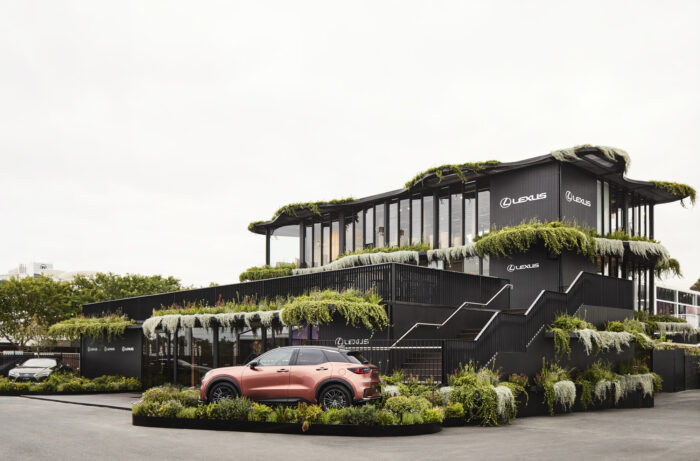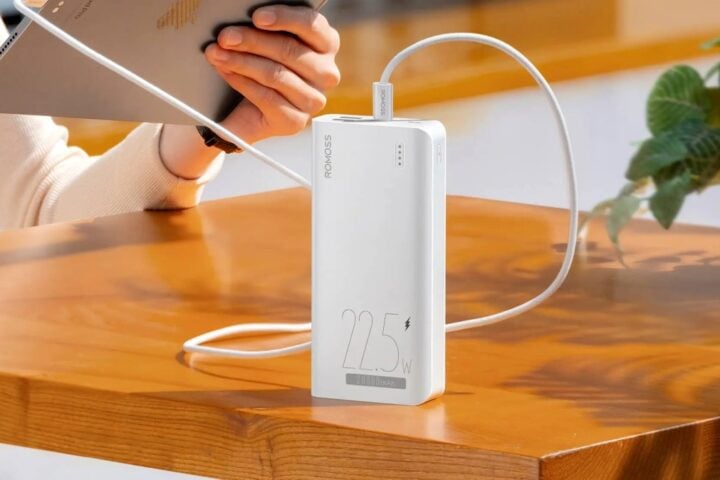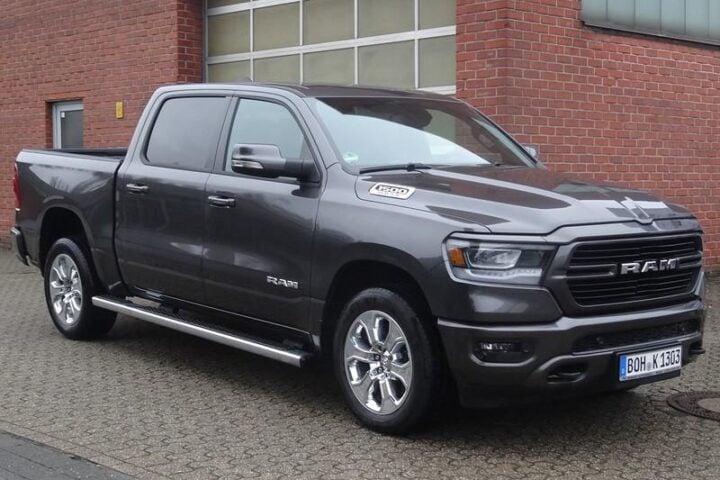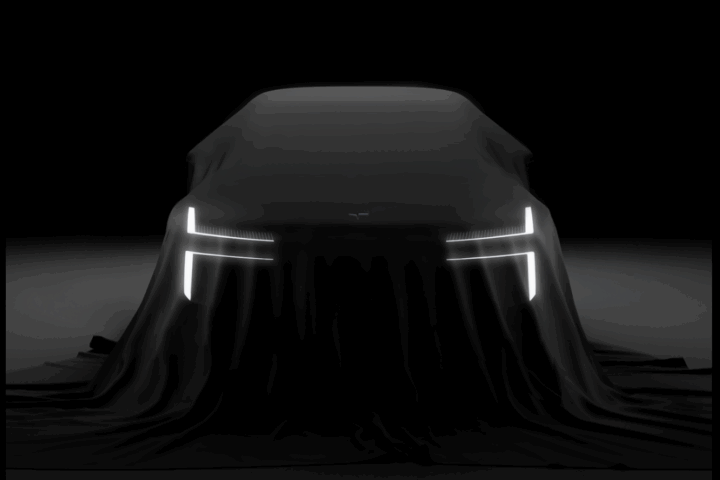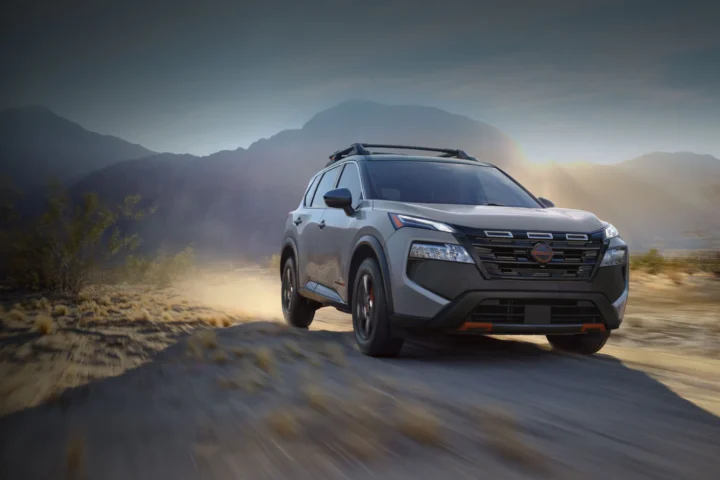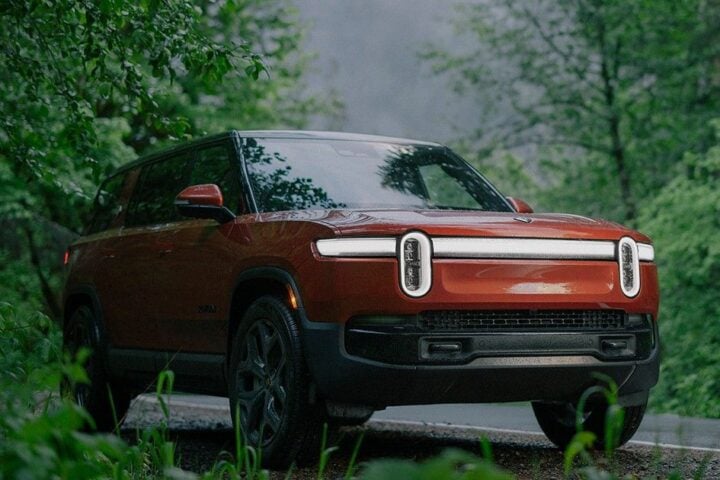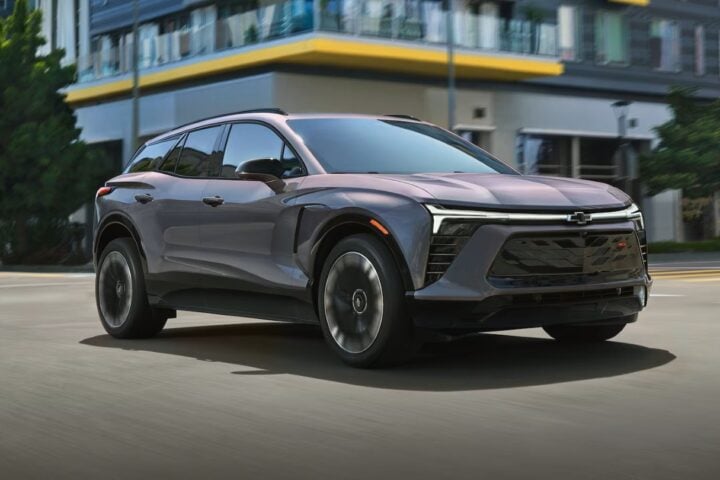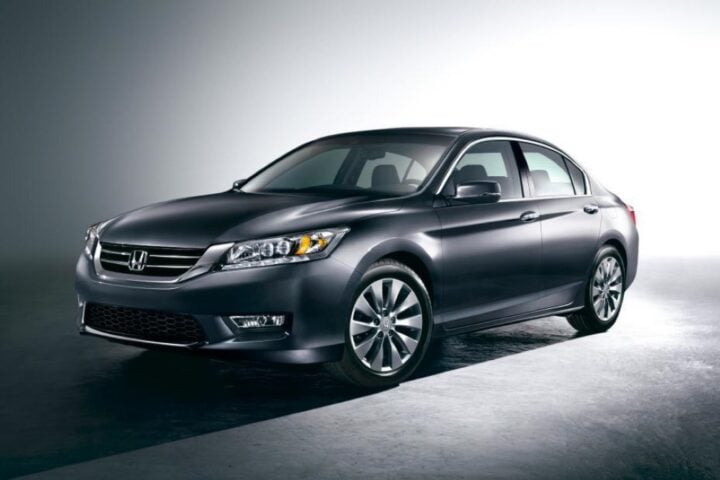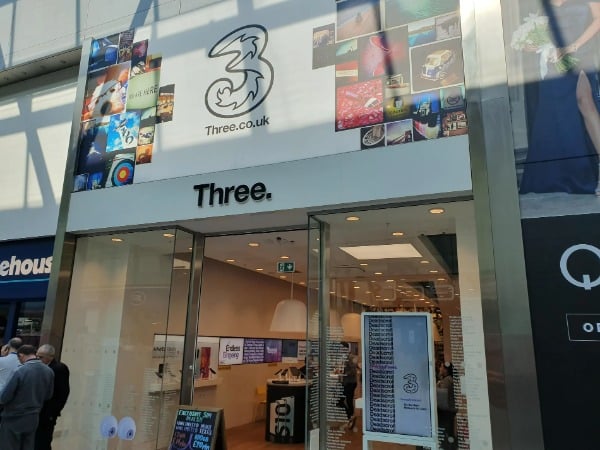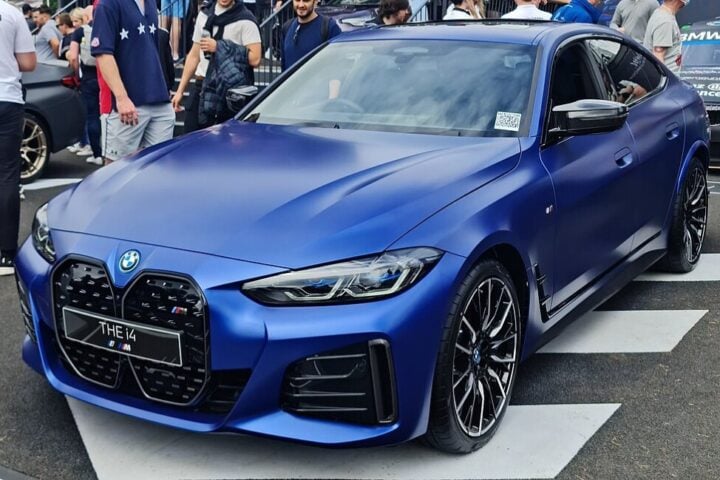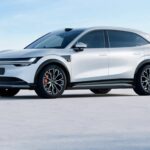Xiaomi, a renowned Chinese smartphone manufacturer, has made a grand entrance into the electric vehicle (EV) market with its first car, the SU7. This move is part of Xiaomi’s strategy to diversify beyond its core business in smartphones and consumer electronics, and it symbolizes a significant shift in the company’s direction.
The Xiaomi SU7, unveiled on December 28, 2023, is a sedan that has been much anticipated due to its advanced features and impressive specifications. The car is available in two versions: a standard model and a Max version. The standard version features a single-motor rear-wheel drive setup, delivering a 0-100 km/h acceleration in 5.28 seconds. The Max variant, on the other hand, boasts a dual-motor all-wheel-drive system, producing a staggering 673 horsepower and accelerating from 0-100 km/h in just 2.78 seconds. The top speed for the Max version is an impressive 265 km/h.
The Max version is particularly noteworthy for its 800 km CLTC range, enabled by a 101kWh CATL Kirin battery. The vehicle also supports super fast charging, with the capability to gain 220 km of range in just 5 minutes and 510 km in 15 minutes.
Inside the SU7, one finds a spacious and luxurious cabin with a panoramic view, facilitated by an expansive glass area of 5.35㎡. The car is equipped with a 16.1-inch touchscreen, a 56-inch HUD (Heads-Up Display), and a 7.1-inch instrument cluster. Audiophiles will appreciate the 25-speaker sound system with Dolby Atmos, ensuring an immersive audio experience.
In terms of safety, the SU7 doesn’t lag behind. It features an armored cage-type steel-aluminum hybrid body, seven airbags, and a quadruple braking safety mechanism. Additionally, it comes with a comprehensive suite of active safety features, including automatic emergency braking, achieving a 5-star safety rating.
Similar Posts
Xiaomi has integrated its SU7 with the latest HyperOS system, powered by the Qualcomm Snapdragon 8295 chip. This integration enables seamless software connectivity, such as mirroring phone or tablet interfaces. The car is compatible with Xiaomi’s Home IoT devices, allowing control of smart home gadgets like cameras and robot vacuum cleaners directly from the vehicle. Although Xiaomi gadgets work best with it, Lei Jun, Xiaomi’s CEO, assures that even Apple product users will have a great experience with Xiaomi cars.
An exciting feature of the SU7 is its self-driving mode, named Xiaomi Pilot, powered by two Nvidia Orin-X chips with substantial computing power. This emphasizes Xiaomi’s commitment to being at the forefront of the autonomous driving industry.
Xiaomi’s entry into the EV market comes at a time when China’s auto market, the largest in the world, is experiencing slowing demand and a capacity glut. Despite these challenges, Xiaomi’s CEO, Lei Jun, has ambitious plans, aiming to position Xiaomi among the top five automakers in the world within the next 15 to 20 years.
The company faces stiff competition in an already crowded Chinese EV market, with major players like BYD and Tesla commanding significant market shares. Nonetheless, Xiaomi’s well-established brand in consumer electronics and its vast user base of ‘Mi Fans’ provide it with a unique advantage as it ventures into the automotive sector.
Xiaomi’s SU7 represents a bold step into the EV market, combining high-end technology, performance, and integration with the broader Xiaomi ecosystem. Its debut reflects the evolving landscape of the automobile industry, where traditional boundaries between tech and automotive sectors are increasingly blurring.
